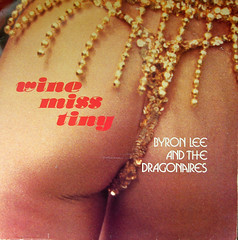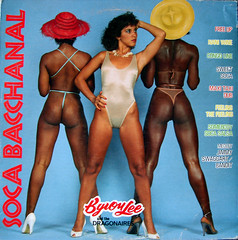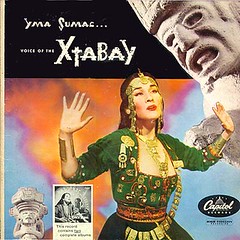[Youtube=http://www.youtube.com/watch?v=f7Nw_yEh6G0&]
“Se telefonando” (1966) by Mina (for previously unreleased footage of Mr. Stein, scrub to 0:39.)
“The extraordinary thing about “Se telefonando” is that it has everything which is expected from a song: verse, structure and melody. Yet it also, very subtly, negates these qualities. The musical elements are reduced to handful of spiraling notes.” —Sholem Stein
Tim Lucas also had the birthday of Ennio Morricone on his mind today and wrote:
“I recently posted here about Morricone’s soul-stirring pop song “Se telefonando,” which comes as close to his own standards of perfection as anything else I’ve heard — but it’s not film music. It was only within the past year or so that I finally heard something else from Morricone’s catalogue that I believe — in its romanticism, melancholy, majesty and drama — stands as a true equal to the likes of such outstanding OUATITW tracks as “Jill’s America“[1] or “Man with a Harmonica.”[2] That cue is “Amore come dolore” (“A Love Like Sorrow”), a haunting 6:10 piece from Luciano Ercoli‘s 1970 giallo thriller “Le foto proibite di una signora per bene[3].[4]
This is a quote from the “previous post” Lucas referred to:
“No less a musical authority than FILM SCORE MONTHLY‘s John Bender considers this song, written by Ennio Morricone and performed by Mina Mazzini, to be the most sublime few minutes in the history of pop music.”[5]
[Youtube=http://www.youtube.com/watch?v=uKSuG1LOaYI&]
“Se telefonando” (1966) by Mina
I agree with both Tim and John, “Telefonando” is on the list of my most cherished YouTube discoveries of the last few years.
[Youtube=http://www.youtube.com/watch?v=0cWzxJvgWc8]
“Sunday Morning” (1966) by The Velvet Underground
What both Tim and John have not mentioned is the extraordinary similarity in the opening piano line of “Telefonando” with the opening “bell” line of The Velvet Underground‘s “Sunday Morning“, which was recorded and released a few months after “Telefonando” in that same year 1966.













